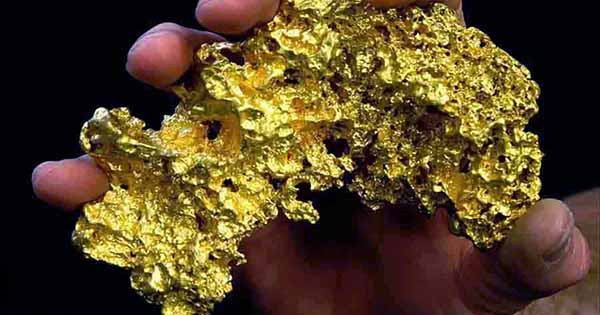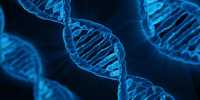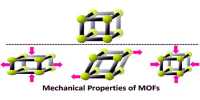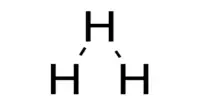Gold is surprisingly strange. As a matter of fact, it is now thought to have largely come after the collision of two super-dense neutron stars. Some of this atomic gold sprayed across the universe to combine under gravity, get trapped in the newly formed earth, remain a suite of geological processes and eventually rise to the surface. It’s fairly epic cosmic journey is certainly something to be surprised about, as it is effective for many things besides jewelry. Now, identified as the New Scientist, we have created a new form of gold that is more gold than ever before, and it’s bonkers.
There is absolutely no other element like gold, and it is all under its electrons. ZMEScience has a great explanation for this; although there is plenty of detail here for diving, the long and short ones are the wavelengths below the visible light of gold, i.e. the blues absorb a lot. That means we keep the rest of the colors, which makes the color golden. Other elements do not do this except cesium because it eats the same wavelength.
The second key point is that gold is a noble metal, which means it is inert: resistant to corrosion and corrosion. It will be gold over the millennium, with plenty of other important metals – separate as copper, say – that are rapidly declining over the days.
So how do we make gold more gold? Gold has been made in the laboratory before, but in order to accomplish this particular task, we want to make its chemical properties less reactive than it is in the world around it without changing its wavelength-absorption. Funny thing, fortunately, in 2015, the seeds of success were planted.
Afterwards, a team led by the Nano and Soft Matter Sciences Center in Bangalore, India, performed some magic. They sprinkle gold chloride in some hair and heat it for half an hour at 220 degrees Celsius (428 degrees Fahrenheit) along with cacophonous tetrabutylammonium bromide. It has produced basic gold that makes microscopic, mustache, long lobes.
These microcrystals may not sound very loud, but most of these new studies from the same group have surrounded them somewhat and they have found that they have packed quite a few visual punches. To find it, though, they had to bombard it with several bad things.
In a study entitled “Nobler than the Noblest”, they explained that in reality there are some things that can be chemically attacked by gold. Ordinary, hard gold can be eliminated, for example, by a combination of nitric and hydrochloric acid called “aqua regia“.
Mercury, perhaps an equally intriguing and bizarre metal, usually reacts quite dramatically with gold. These options are pretty good bets if you want to get rid of your gold. This elongated, microscopic, gold crystal form, however, has continued to fight quite a bit. They survived without the use of the hyper-concentrated aqua regia, and – as revealed in the chemistry paper at Anjwand – had “virtually no interaction” with the gold mercury.
This means that this type of gold that is forged in the lab is more resistant to chemical changes than conventional gold. The team suspects that their strangely shaped gold electrons are strangely arranged, “in unconventional crystal lattice”, which makes them more resistant to external chemicals.
So there you have it: humanity has created more gold than shape, shaped by the geological energy of our entire planet. Or, as the party puts it, their “obsolete gold is undoubtedly greater” than the original deal. In your stupid face, nature!
















